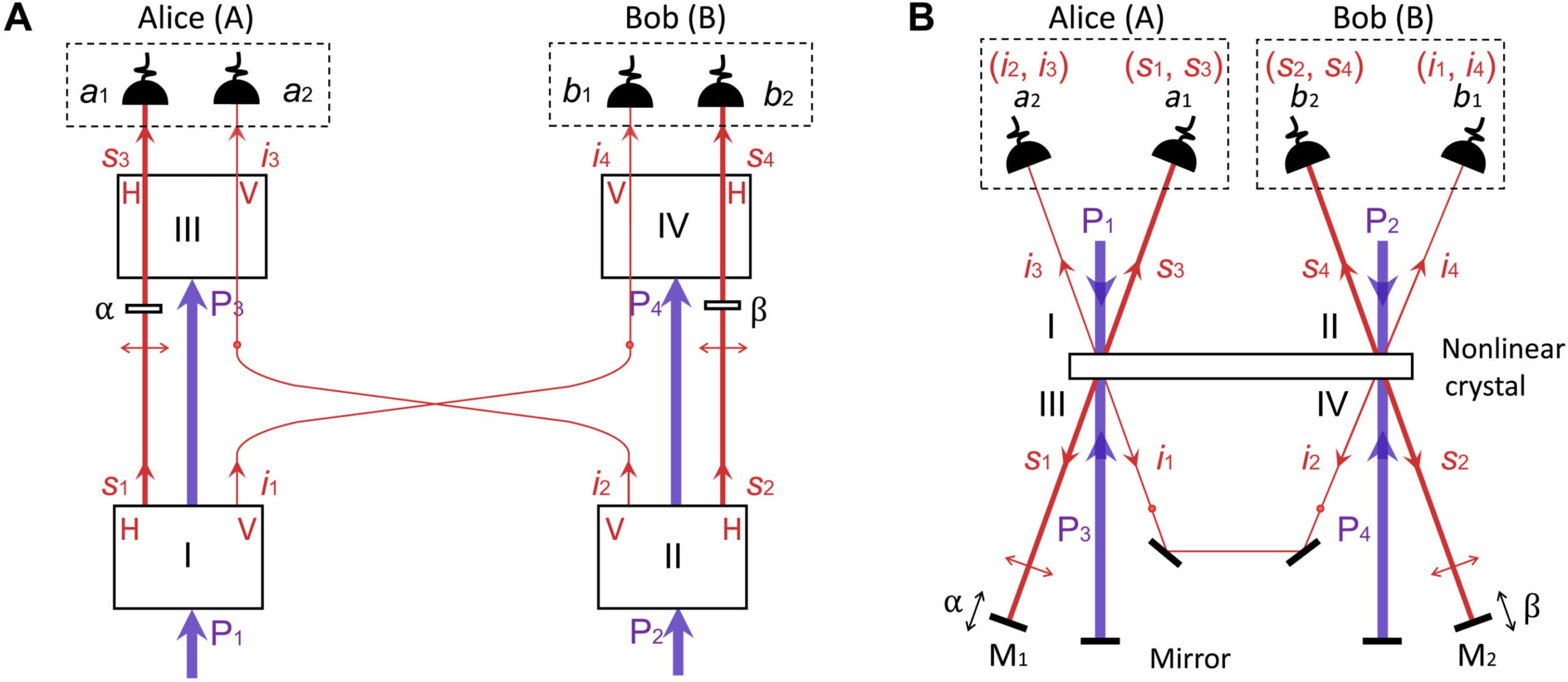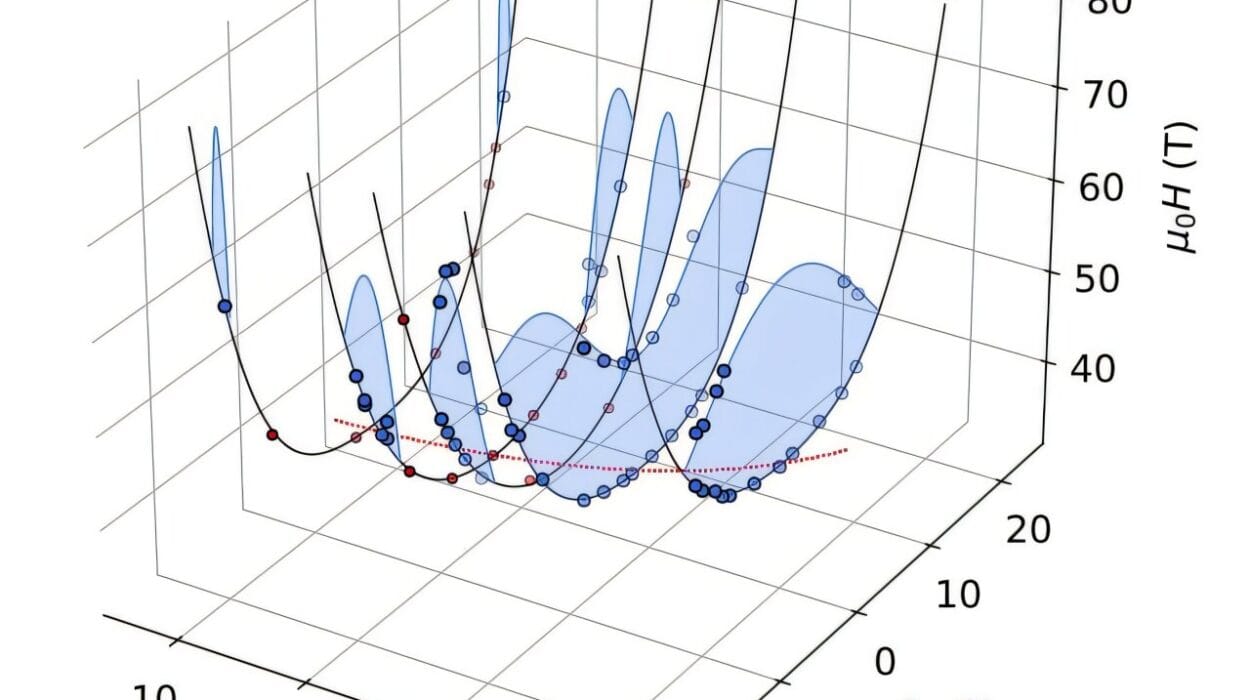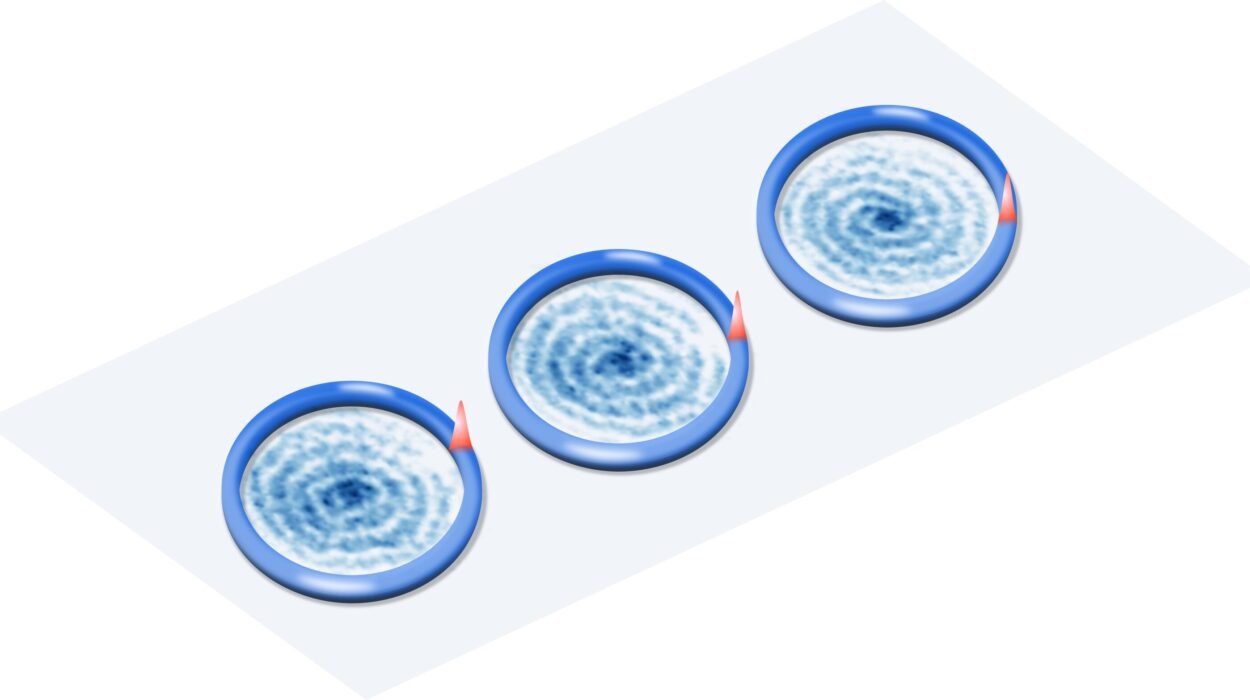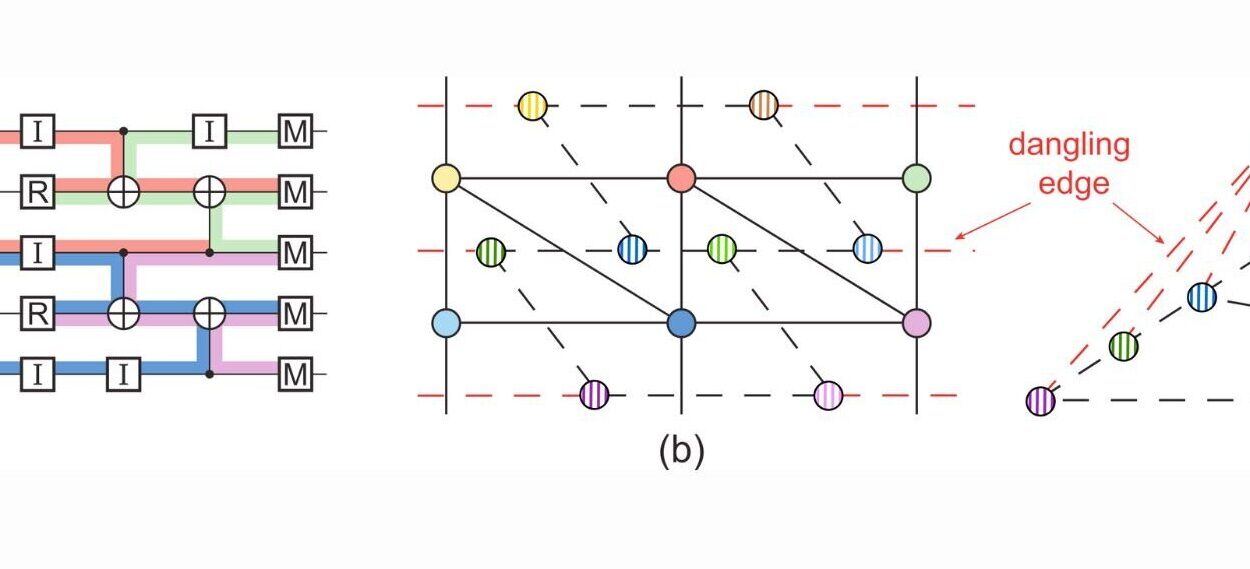Albert Einstein once scoffed at quantum entanglement, famously dismissing it as “spooky action at a distance.” He was deeply unsettled by the notion that two particles could somehow communicate instantaneously across vast distances—seemingly faster than light, violating everything classical physics claimed to be true about the speed of information. But while Einstein never fully embraced quantum mechanics, the 20th and 21st centuries have made it undeniably clear: the universe plays by rules stranger than fiction.
Now, in a new twist worthy of Einstein’s attention, scientists have shown that spooky quantum behavior isn’t limited to entangled particles. A groundbreaking study published in Science Advances has revealed that even unentangled photons can exhibit quantum nonlocality, defying our everyday understanding of cause, effect, and space itself. This marks a fundamental shift in our grasp of what quantum connections can truly mean.
Breaking the Classical Barrier
In our day-to-day world, the rules of classical physics reign supreme. Objects fall due to gravity, cars move in predictable ways, and no message or object can travel faster than the speed of light. This last rule, in particular, has long been regarded as an unbreakable boundary. Yet in the realm of quantum mechanics, particles behave in ways that violate such limits—or at least appear to.
One of the most famous quantum mysteries is quantum entanglement, in which two particles share a connection so deep that measuring the state of one instantaneously determines the state of the other, no matter how far apart they are. This “nonlocality” is what Einstein found so disturbing. And until now, scientists believed that this form of nonlocality could only emerge through entanglement.
But the latest study challenges that assumption.
The Experiment That Changed Everything
In this newly reported experiment, researchers used a laser to fire photons through a specially designed crystal. Under the precise experimental conditions, the photons produced could not be traced back to a specific origin point—there was no “which-path” information available. This meant that the photons were not entangled, at least not in the conventional sense. Their states weren’t tied together in the way that traditional quantum entangled particles are.
Still, the researchers put their system to the test using Bell’s inequality—a mathematical formula that helps scientists determine whether quantum behavior violates the laws of classical physics. If the measurements fall within the boundaries set by classical expectations (called local realism), there is no violation. But if they fall outside those boundaries, something undeniably quantum is happening.
The result? A clear and statistically significant violation of Bell’s inequality—by more than four standard deviations.
In layperson’s terms, this means that even though the photons weren’t entangled, they were still behaving in a coordinated, non-classical, nonlocal way. They were correlating their behaviors faster than classical physics says should be possible—just like entangled particles do.
Quantum Indistinguishability: A New Source of Nonlocality
So if entanglement isn’t behind this bizarre connection, what is?
The answer, according to the authors, lies in a quantum feature known as “indistinguishability by path identity.” In essence, if photons travel along paths that are identical in such a way that they cannot be told apart—even in principle—they become fundamentally indistinguishable. And that indistinguishability appears to be enough to generate nonlocal correlations.
This suggests that quantum nonlocality may arise not just from entanglement, but also from deeper, more subtle features of quantum systems—features that classical physics has no language to describe.
As the researchers put it, “Our work establishes a connection between quantum correlation and quantum indistinguishability, providing insights into the fundamental origin of the counterintuitive characteristics observed in quantum physics.”
Why It Matters: Rewriting the Rules of Reality
This experiment doesn’t just tinker with obscure technical details—it redefines what we think we know about reality. For decades, entanglement has been treated as the cornerstone of quantum weirdness. Entire fields, like quantum computing and quantum cryptography, are built upon it. The idea that other, more overlooked quantum features might generate similar effects opens new doors—for both fundamental physics and future technology.
If we can exploit nonlocality without needing entanglement, we may be able to build simpler or more robust quantum systems, which could have big implications for quantum communication and information processing. Even more profoundly, the findings deepen the mystery of what quantum physics is really telling us about the nature of space, time, and causality.
A Study Not Without Limitations
As provocative as these results are, the study is not beyond criticism. Like many quantum experiments, it relies on post-selection—only analyzing certain outcomes that fit the criteria for the test. While this method is standard in many quantum experiments, it can introduce potential biases, since some photon detections are excluded from the analysis.
Another concern is the locality loophole—a well-known issue in Bell-type experiments. Ideally, for a clean test of nonlocality, the measurement settings (like detector angles or phase shifts) should be chosen and changed fast enough to ensure they are independent of each other. In this study, that separation wasn’t ideal, which leaves room for skeptics to argue that some hidden variable could be responsible.
The researchers openly acknowledge these issues and frame them as challenges to be tackled in future studies. They believe that hardware improvements—especially in quantum photonics and rapid switching systems—can close these loopholes in future experiments.
A Quantum Future Built on Curiosity
Einstein may never have accepted the full implications of quantum mechanics, but his deep questions about causality, connection, and space-time continue to drive modern physics forward. The irony is not lost: the man who dismissed quantum nonlocality may have helped inspire the very lines of inquiry that now challenge the primacy of entanglement.
As the authors conclude, “Our work could very well lead to other interesting experiments… we expect that quantum mechanics will lastly prevail.”
And so, quantum physics continues to humble and astonish us. What began as a “spooky” theoretical idea has now led to experimental proof that even the building blocks of reality don’t follow our common-sense rules. As we move deeper into the quantum realm, we may find that nature has been whispering secrets we’re only just beginning to understand.
Einstein once sought a unified theory of everything. Perhaps this new direction—born not of entanglement, but of indistinguishability—is a fresh clue in that eternal quest. Or perhaps it’s another reminder that in the quantum world, the more we know, the stranger it gets.
More information: Kai Wang et al, Violation of Bell inequality with unentangled photons, Science Advances (2025). DOI: 10.1126/sciadv.adr1794






